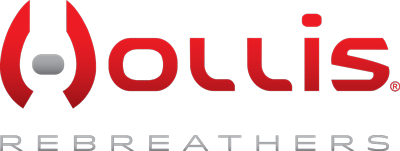Using a rebreather fundamentally changes your relationship to diving. Longer dive times yield more access to your favorite sites and/or areas of research, meaning that rebreather divers have more extended access to their underwater objectives.
This dynamic makes rebreather training essential for underwater photographers, videographers, researchers and other professionals who require extended bottom times. As diving on a rebreather is an innately technical pursuit, starting your road to becoming a rebreather diver can be intimidating. So, how’s the best way to start?
Step 1
Get Experience
The best way to mentally and physically prepare for your rebreather education is to experience as much diving as possible. Warm, cold, deep, shallow, wreck and cave—before tackling your rebreather certification, you’ll want to have tons of experience in a wide variety of locales and conditions.
Don’t make the mistake of putting the cart before the horse. If you’re fairly new to diving, do your preliminary training first, such as Deep Diver, Rescue Diver and Dive Master certifications.
Perhaps most essential, you’ll want to have a thorough understanding of Nitrox, since a rebreather is the ultimate nitrox machine, delivering the most optimal breathing mix for your current depth, at any given time. Down the road, you’ll be glad to have a wide breadth of knowledge to pull from.
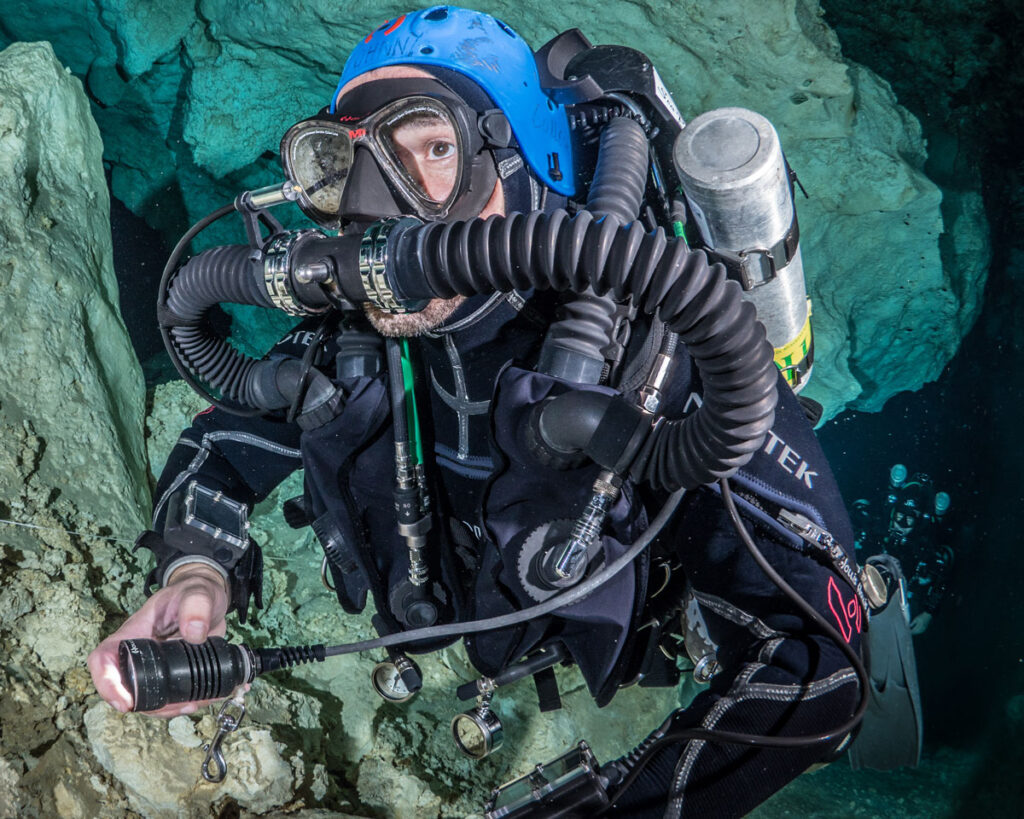
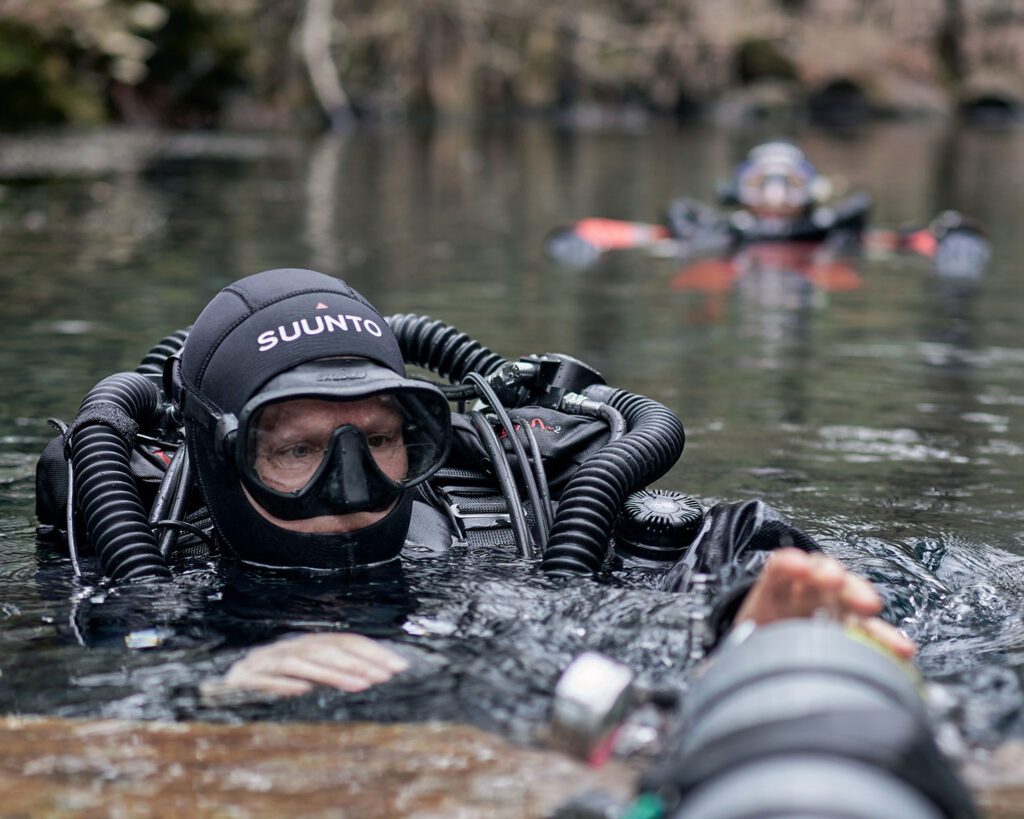
Step 2
Do Your Homework
In your lead-up to rebreather training, or if you’re merely rebreather-curious, it’s important to do some research. Read as many books on rebreathers as you can. Take a preliminary online course. Do anything (and everything) you can to familiarize yourself with the science underlying rebreathers. By harnessing such a powerful technology, you’ll be deploying a lot of technical knowledge, so it’s best to have a deep understanding of a rebreather’s engineering, processes and dynamics.
Step 3
Find an Instructor
Don’t worry about the agency—instead, find an instructor who’s got a solid reputation and has been diving rebreathers consistently for a while. Everyone will sell their services, so seek out friends and acquaintances who’ve gotten their rebreather training and find out what their experience was like. Who did they train with? Was it a positive experience? Etc…
Not sure where to start? If you’re committed to training on the PRISM 2, you can use the Hollis Rebreathers Instructor Locator to find instructional courses and dealers in your local municipality.
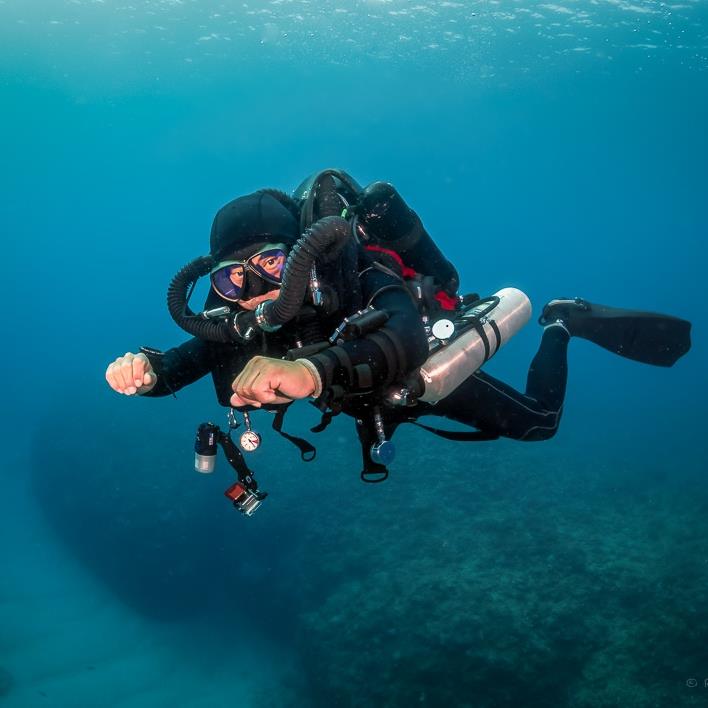
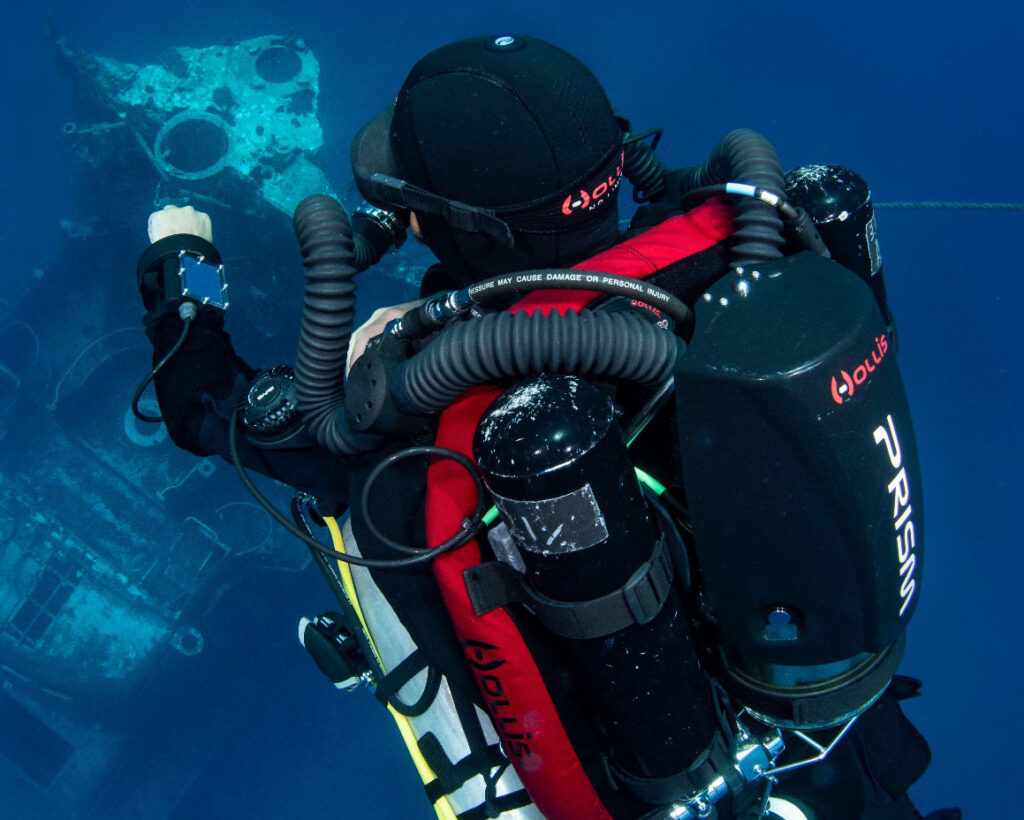
Step 4
Dive In
You’ve got your advanced certifications, done your homework and found the perfect instructor? Good. Now it’s time to go for it! The wonders of rebreather diving will expand your knowledge and underwater horizons—not to mention dive times.
It can be an exciting, technical challenge. But you’re ready—under the guidance of a seasoned instructor—to go deeper, for longer.
